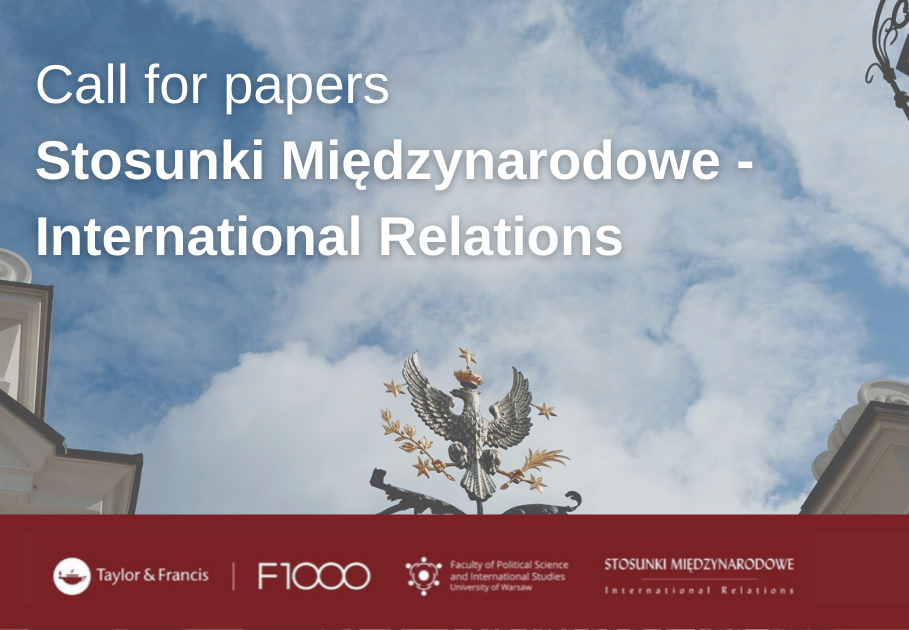About the Journal
Aims and scope
Editorial Board and Advisory Board
Ethics Policy
Privacy Policy (GDPR)
Contact
Current issue
Archive
For Authors
Call for Papers - New Publishing Platform of SM-IR
Guidelines for Authors
Formal requirements - structure of texts
Editorial requirements
Review procedure
Reviewing rules
Review process
Review procedure
Reviewing rules
Guidelines for Reviewers
Policies/Ethical Code
Contact
RESEARCH ARTICLE
People-to-People Exchanges in Chinese Diplomacy:
Evolutions, Strategies, and Social Practice
1
Fudan University
Publication date: 2015-12-31
Stosunki Międzynarodowe – International Relations 2015;51(4):237-253
KEYWORDS
ABSTRACT
In recent years, China has been reiterating in its diplomatic discourse and behaviour
the significance of people-to-people exchanges in foreign relations. To understand
this, it is imperative to take a historical-cultural approach to it as interstate relations
in the 21st century, which is more economically globalised, politically democratised,
and technologically advanced than previous ones, tend to extend further to peopleto-people or ethnic-to-ethnic relations. Retrospectively, the emphasis of the public’s
role in foreign affairs, now defined as people-to-people exchange (PPE), can be
traced in the evolution of China’s foreign policy discourse and behaviour. When
the PPE and diplomacy are linked to formulate a people-to-people diplomacy,
at least three assumptions can be made about it. First, it is fundamentally about
communicative activities; second, it makes possible more entities as players in
diplomacy; and third, it is about production, management and distribution of public
goods. Three aspects may also affect the quality of the PPE among nations, and
China has to commit more efforts to perfect them. They are the thinking of strategic
arrangements, the optimisation of operating mechanisms, and the enhancement of
communication competence. The PPE between China and the United States in recent
years has shown how instrumentally useful it is to better the two countries’ mutual
understanding and cooperation through civil communication. It also indicates that
problems may also arise in the unfolding process of the PPE.
We process personal data collected when visiting the website. The function of obtaining information about users and their behavior is carried out by voluntarily entered information in forms and saving cookies in end devices. Data, including cookies, are used to provide services, improve the user experience and to analyze the traffic in accordance with the Privacy policy. Data are also collected and processed by Google Analytics tool (more).
You can change cookies settings in your browser. Restricted use of cookies in the browser configuration may affect some functionalities of the website.
You can change cookies settings in your browser. Restricted use of cookies in the browser configuration may affect some functionalities of the website.



